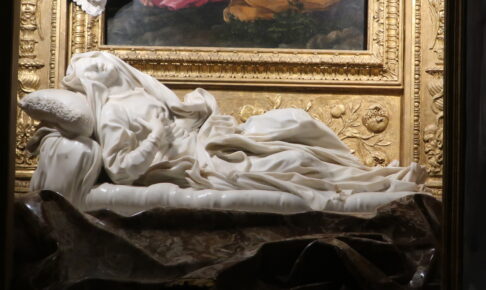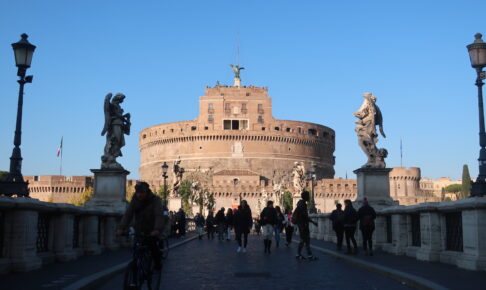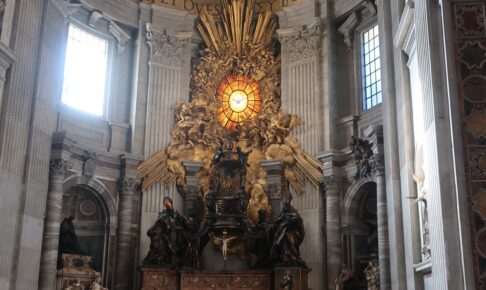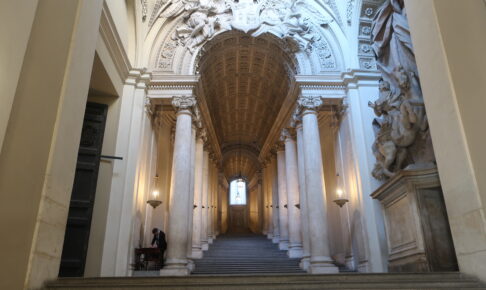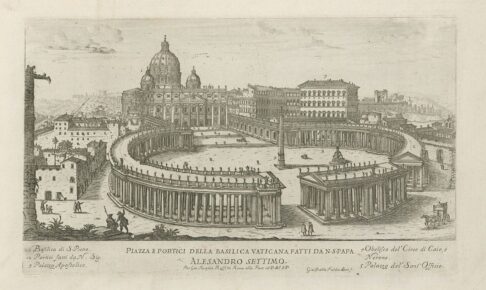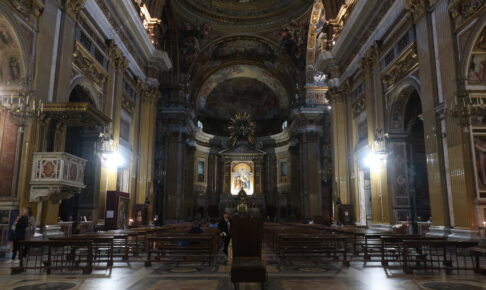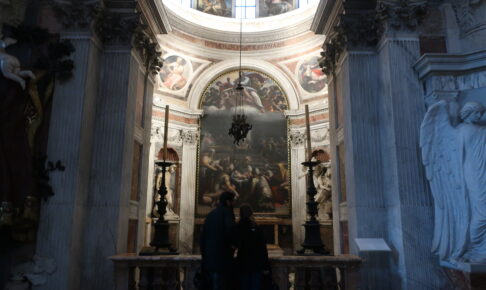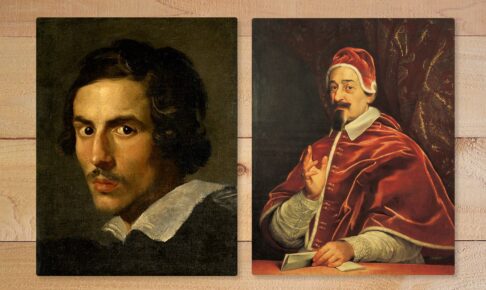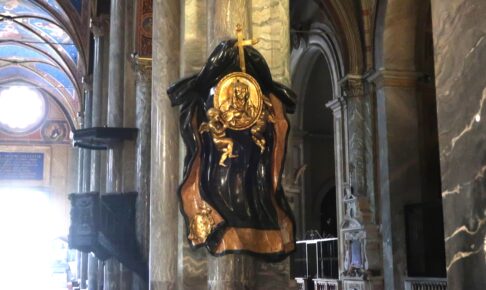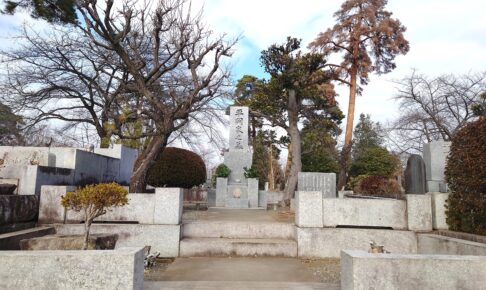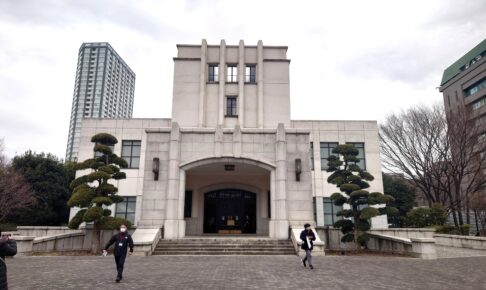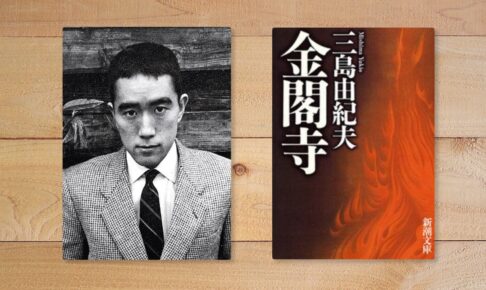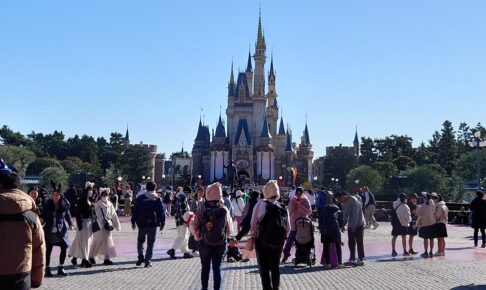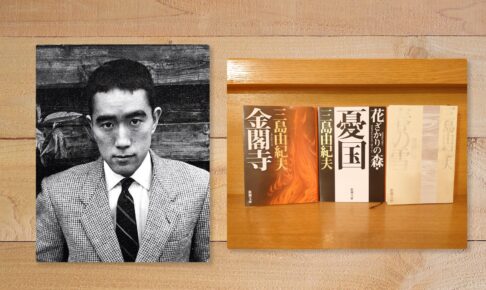(39) "Blessed Ludovica Antoni" - A powerful work from Bernini's last years in the church of San Francesco a Ripa!
This article presents "Ludovica the Blessed" in the Church of San Francesco a Ripa.
The beauty of "Ludovica the Blessed" glowing in the dark night is tremendous.
Bernini has perfect control over the lighting. He has also calculated how the light will illuminate the sculpture. You can never reproduce that with light. You can see why Masumi Ishinabe was so careful.
It was indeed a wonderful experience. It may be a minor spot in Rome, but it is a very impressive church. I highly recommend a visit if you are ever in the Trastevere area.












